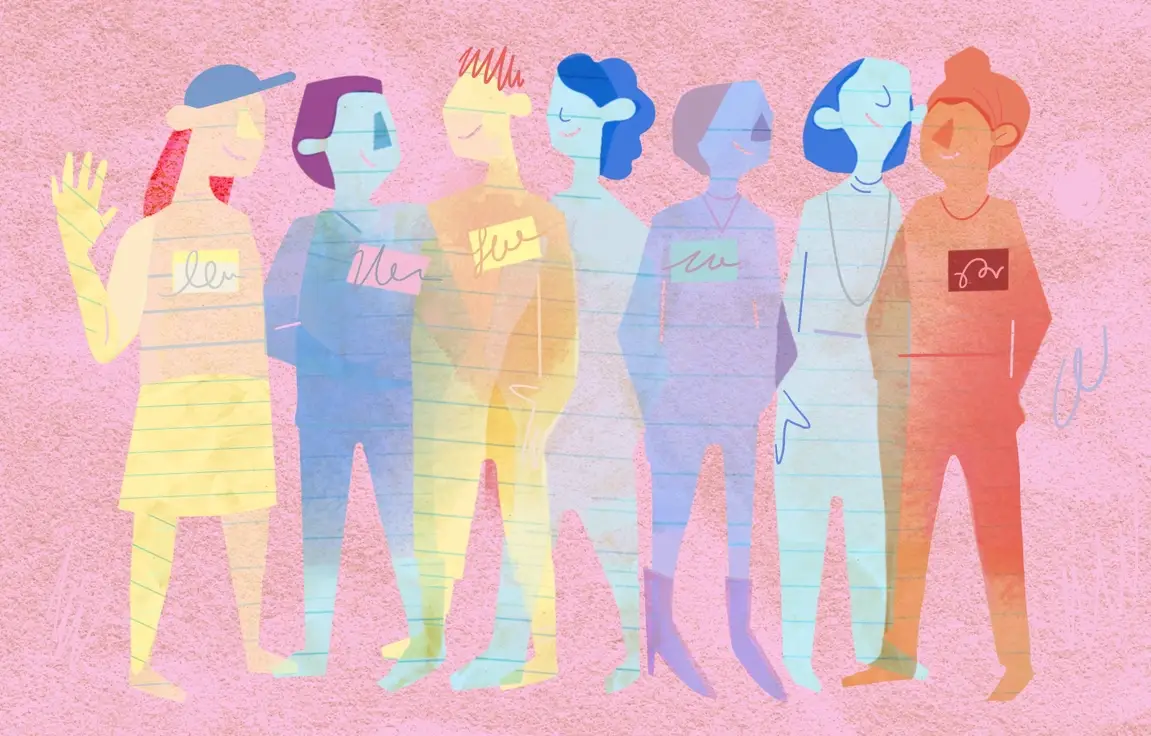Gender Diversity in the Workplace | How to Welcome Non-Binary Staff

Being inclusive of gender diverse staff in the workplace is a meaningful way to ensure non-binary people feel supported and content in their professional environment. Whether there are non-binary people already on your team or you’re seeking to appeal to a rapidly expanding candidate pool, here are some specific ways in which your organization can be welcoming to non-binary staff.
Using gender-neutral language
Because gendered language is heavily embedded into our everyday conversation (especially in the workplace), it may be difficult, at first, to start using more gender-neutral words or phrases. However, with intentional practice, the shift will happen naturally and, soon, you’ll catch yourself using these easy alternatives to common phrases.
Try these:
Instead of “Ladies and gentlemen” use “Everyone”
Instead of “You guys” use “You all” or “Y’all”
Instead of “His or her” or “his/her” use “Their”
Normalizing pronoun usage
Often, non-binary people use pronouns other than “he” or “she.” Rather than expecting non-binary people to singularly disclose this information, it is a good practice to encourage everyone on staff to share their pronouns during introductions. It is also a good idea to provide a place to share pronouns wherever a name is required, such as in email signatures or name tags.
Reviewing documents and policies
Wherever possible, make sure that your organization’s documents and policies include options outside of male and female. When creating your own internal documents or collecting data, include gender-neutral options or allow employees to self-identify whenever possible. If you use external platforms that do not include gender identities outside of the male and female options, consider switching to platforms that do.
Updating dress codes
Historically, dress codes have been listed in categories of male and female. If your organization requires a certain dress code, make sure that the intention of the dress code is clear. For example, if professional attire is required, you can indicate that without requiring that certain people wear suits and others wear skirts.
Allowing people to wear what makes them feel comfortable is a good way to ensure that their work performance is not negatively affected by discomfort in the workplace.
Providing appropriate facilities
Restrooms and locker rooms are spaces that can be difficult to navigate for non-binary people. It is important to have restroom and locker room options that are not gendered, which can include providing a third gender-neutral option for staff to use, or eliminate gendered signage altogether, if your organization has single stall facilities.
This allows people to choose the option that best suits their identity or makes them most comfortable. Additionally, providing these options protects non-binary people from potential discrimination.
Practicing allyship
Committing to support your staff is an ongoing process. There might be times when the right steps are not entirely clear, and this is why it is important to continue to create an environment where staff feel comfortable asking for what they need. These steps toward inclusion are only the beginning of the process of embracing gender diversity in the workplace and ensuring that non-binary staff feel welcome.
***
Are you starting a new job as a non-binary employee? Learn how to set yourself up for success.
Mateo Sánchez Morales is a bilingual writer and community organizer. With a history of immigration advocacy within nonprofits, they use their own identities and experiences to guide people from nontraditional backgrounds in the academic and professional realms.


